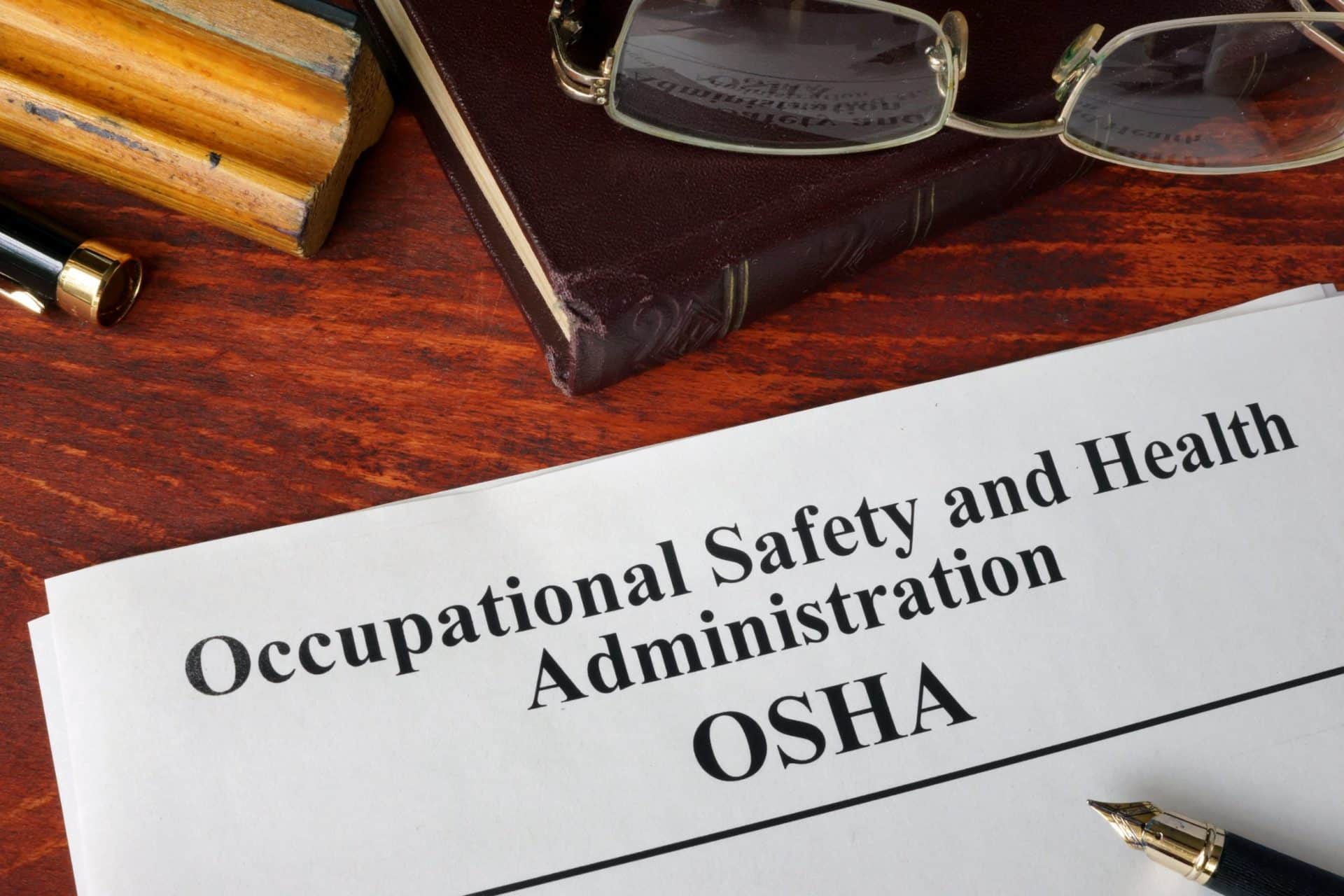Free Consultation
Free Consultation

New York is a great place to work if you are in the field of construction, but that also happens to be a field with some of the biggest dangers around.
The Occupational Safety and Health Administration, also called OSHA, is part of the U.S. Department of Labor. They are tasked with helping Americans to stay safe at work and be aware of hazards that may be a part of their workday, so they can take steps to protect themselves.
In the world of construction, OSHA has what they call the “Fatal Four.” These are the most common types of accidents that are fatal to workers on the construction site.
Here is what you need to know about OSHA’s fatal four, how to protect yourself, and what you should do if you are injured on the job.
The fatal four accidents that OSHA considers to be the most common types of construction accidents are:
Let’s take a closer look at each one of these hazards individually.
Often, construction workers are working above the ground. Fall hazards that lead to death are some of the most common types of deadly accidents that occur. In fact, OSHA states that in 2019, falls were responsible for over 400 of the just over 1,000 construction deaths that occurred.
When you look at the violations in the construction industry, it’s no wonder these types of accidents are more common than they should be. That’s why, if you’re working on a construction site, you should be properly trained in fall protection and prevention before you ever start the job.
Also, you should ensure that you have the right personal protective equipment to stop you from falling such as:
Those on construction sites are at risk for electrocution due to the number of electrical hazards. There can be electrical sources, bare wires, damaged wires, and live overhead power lines that can pose dangers.
Overhead power lines tend to be the biggest electrocution hazard. The lines are often close to workers who are using heavy machinery, which can come into contact with overhead lines easily. Plus, they’re close to workers who are working on ladders or scaffolds. But spaces such as attics and crawl spaces can also pose a danger.
Workers should have protective measures at their construction site for these hazards, such as:
Also, construction workers shouldn’t work in wet conditions, since it can increase their risk.
There are a variety of things that can fall and injure a worker on a construction site, like tools, vehicles, equipment, or even other people. That’s why it’s vital to use proper safety equipment. Proper protocols on the job site will help stop these accidents from happening. Aside from fall prevention, protection for tools and equipment should also be in use.
It’s very dangerous to get caught in between or inside of objects and can lead to injury and death. It happens when:
To avoid this fate, always make sure to use a machine with proper guards, and never remove a safety guard. Don’t wear loose clothing to the worksite.
Always be aware of the heavy equipment that may be around, so you can give it plenty of distance. If you’re lifting a load, always ensure that it’s secure and stable, and keep it out of the swing radius of other heavy machinery.
If you are injured on a construction site, whether it’s by one of the fatal four or not, you have rights. Many workers are injured each year, and some are even killed. Understand that there are laws in place that not only are meant to protect workers from this occurring in the first place – but also to ensure workers have a route to compensation if they’re injured due to the negligence of another.
Contact an experienced attorney today if you’ve been injured on a construction site, so you can better understand the laws that govern your case and the recourse you have under the law.